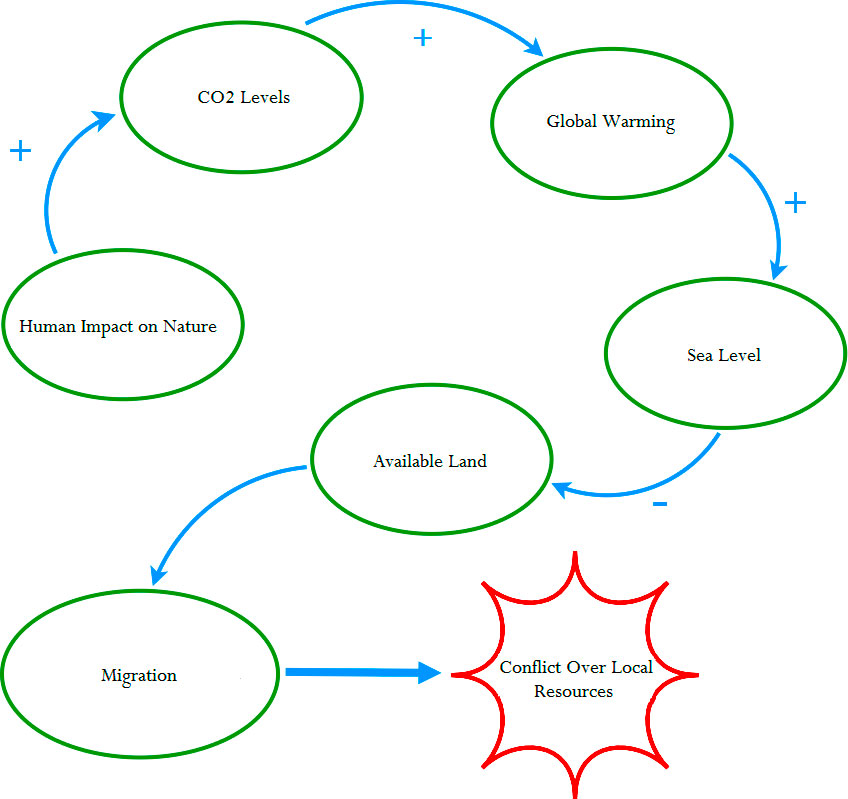Refugees: Our rotten financial system creates Climate Change & War
A brief Q&A with Steve Trent, Executive Director, Environmental Justice Foundation (EJF)
Climate Revolution: It has always been our understanding that the number of climate refugees is greater than war refugees. Given the present situation, is this still the case?
Steve Trent: The global number of refugees under the UNHCR’s mandate in 2014, including people in refugee-like situations, was estimated at 14.4 million – this is less than the number of people reported to be displaced by weather and climate related events, which was 19.3 million in 2014 according to the Internal Displacement Monitoring Centre (IDMC).
The IDMC further highlights that people in both rich and poor countries can be caught in protracted, or long-term, displacement. In the US, over 39,000 people are still in need of housing assistance following Hurricane Sandy in 2012, and 230,000 people have been unable to establish new homes in Japan following the 2011 earthquake, tsunami and nuclear accident.
CR: We know about the West’s destabilization of governments and support of ‘insurgent’ factions but have you any idea about the impact of climate on war refugees?
ST: Climate change amplifies strains on infrastructure and services within society, and on national and international governance structures. Where exposure to the impacts of climate change is greatest, sensitivities are high, and there is limited resilience, the impacts of climate change may contribute to the outbreak of conflict or help sustain existing conflicts. Before the Syrian uprising began in 2011, the region experienced an intense and severe drought. Studies suggest that in Syria, a country with already poor governance, the drought stretching from 2007 to 2010 decimated the country’s wheat production and drove farmers into urban areas, thereby effectively contributing to political unrest.
In addition to impacting on levels of conflict and other factors forcing people to leave their homes, climate change also affects refugees by increasing tensions resulting from scarcity of resources and access to it.
CR: And finally, have you any figures on the mix between countries in the current refugee situation?
ST: This answer is a bit more complex, so I’ll break it down into two parts:
- Refugees arriving in Europe by sea 322,500 refugees and migrants have arrived in Europe across the Mediterranean Sea in 2015, including approximately 115,500 in Italy (UNHCR figure as of 31 August), 204,954 in Greece (UNHCR figure as of 28 August), 94 in Malta (official figure as of 31 August) and 1,953 in Spain (official figure as of 31 July). The top nationalities are Syrians (49%), Afghans (12%), Eritreans (9%), Nigerians (4%) and Somalis (3%), data as of 28 August for Greece, as of 4 August for Italy, as of 31 August for Malta and as 31 July for Spain.
Since 1st September however, additional figures have been published, indicating that now 411,567 refugees have arrived by sea. You can see these figures on the graphic, which also provides a breakdown by top 5 nationalities (Syria 50%; Afghanistan 13%; Eritrea 8%; Nigeria 4%; Somalia 3%) and highlights their routes to Europe.
- Origins of people applying for asylum in the EU Q2 2014 – Q2 2015 Please note the difference between numbers of refugees arriving in Europe just across the Mediterranean and all refugees who have actually applied for asylum!
Top countries of origin of asylum applicants:
Syria: 154,210, Kosovo: 88,495 (majority of applications received in 2014), Afghanistan: 63,990, Eritrea: 34,515, Albania: 33,825, Iraq: 31,185, Pakistan: 25,395, Nigeria: 21,735 Total: 746,725 asylum applications between the second quarter 2014 and 2015
CR would like to thank Steve and EJF for all their help – especially making the figures so clear




No comments yet